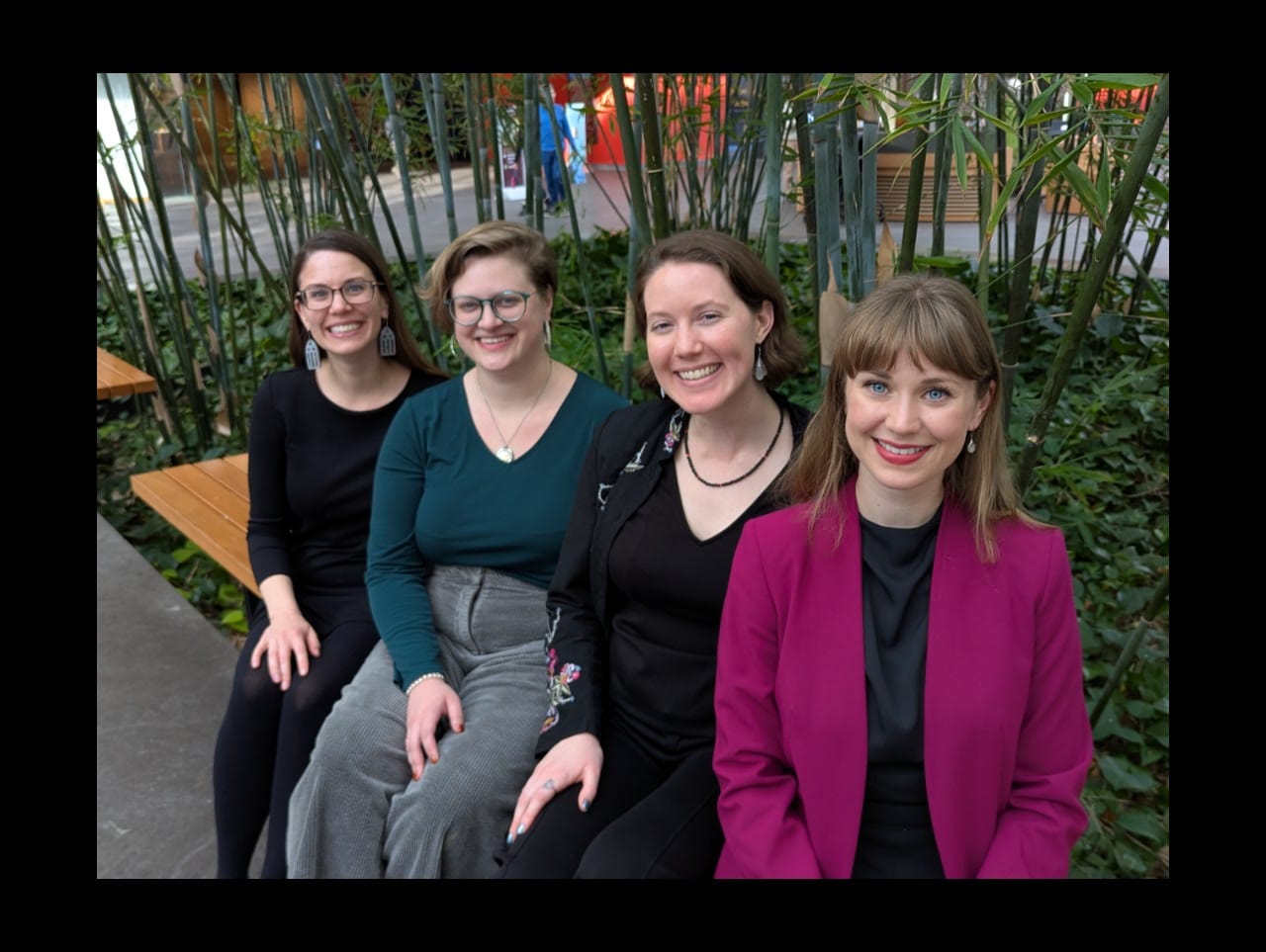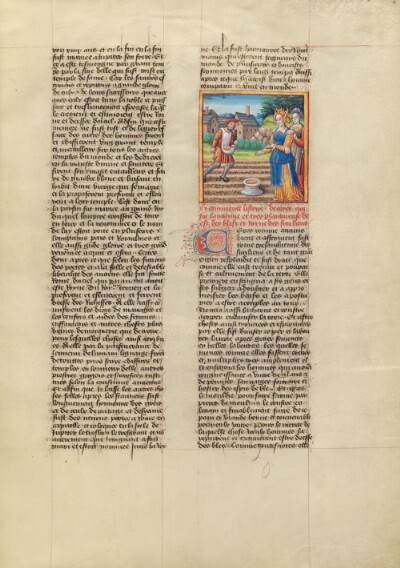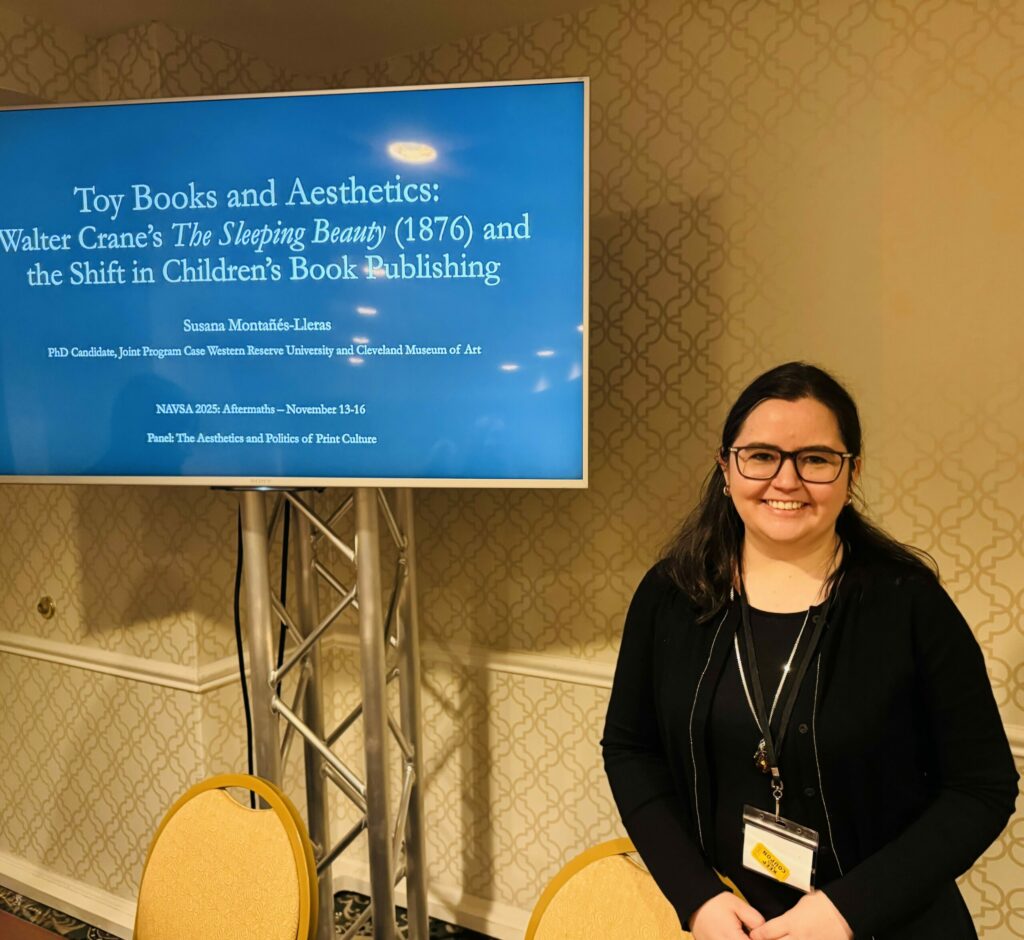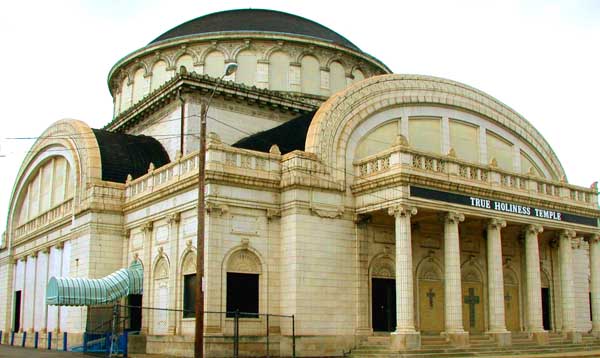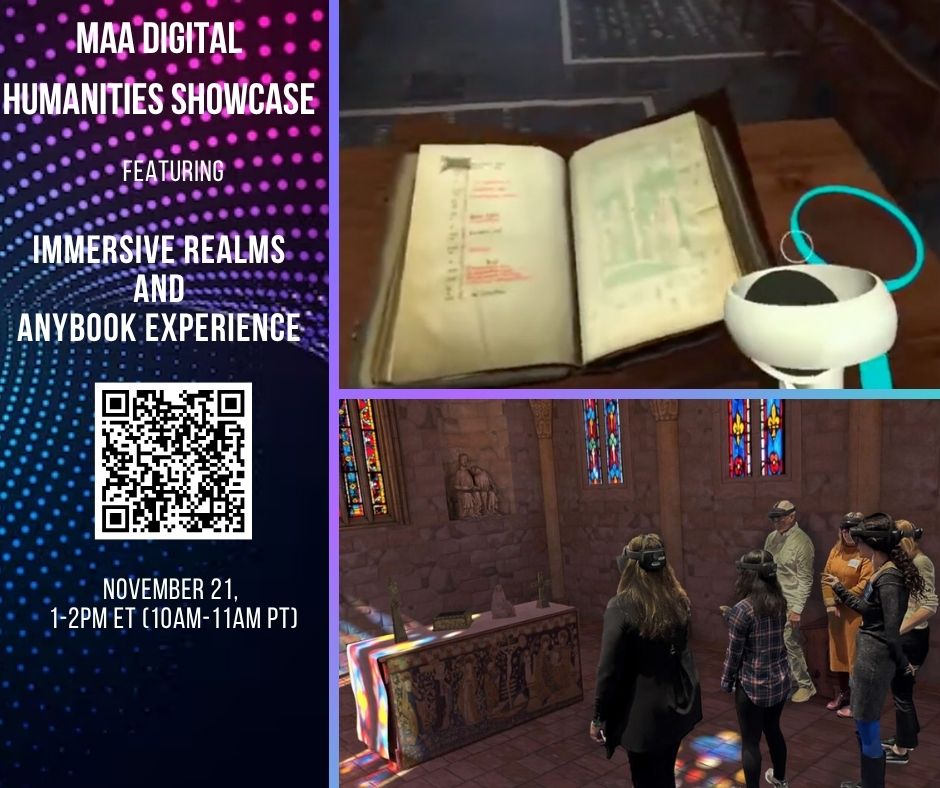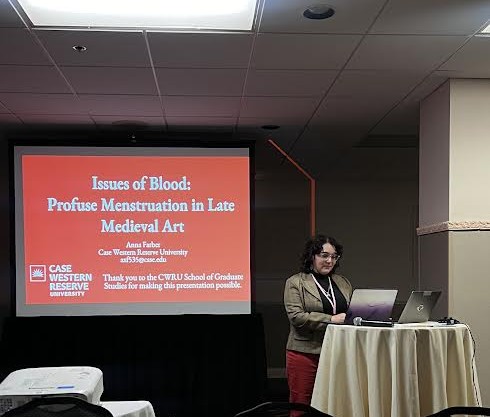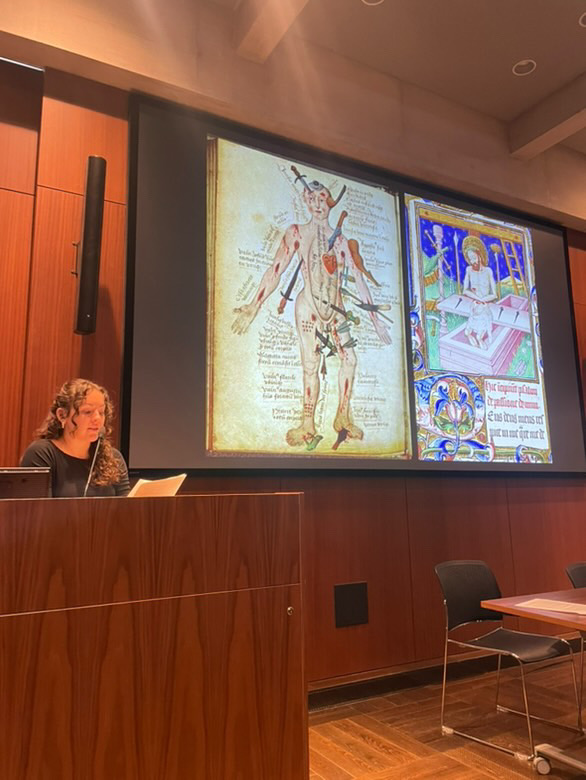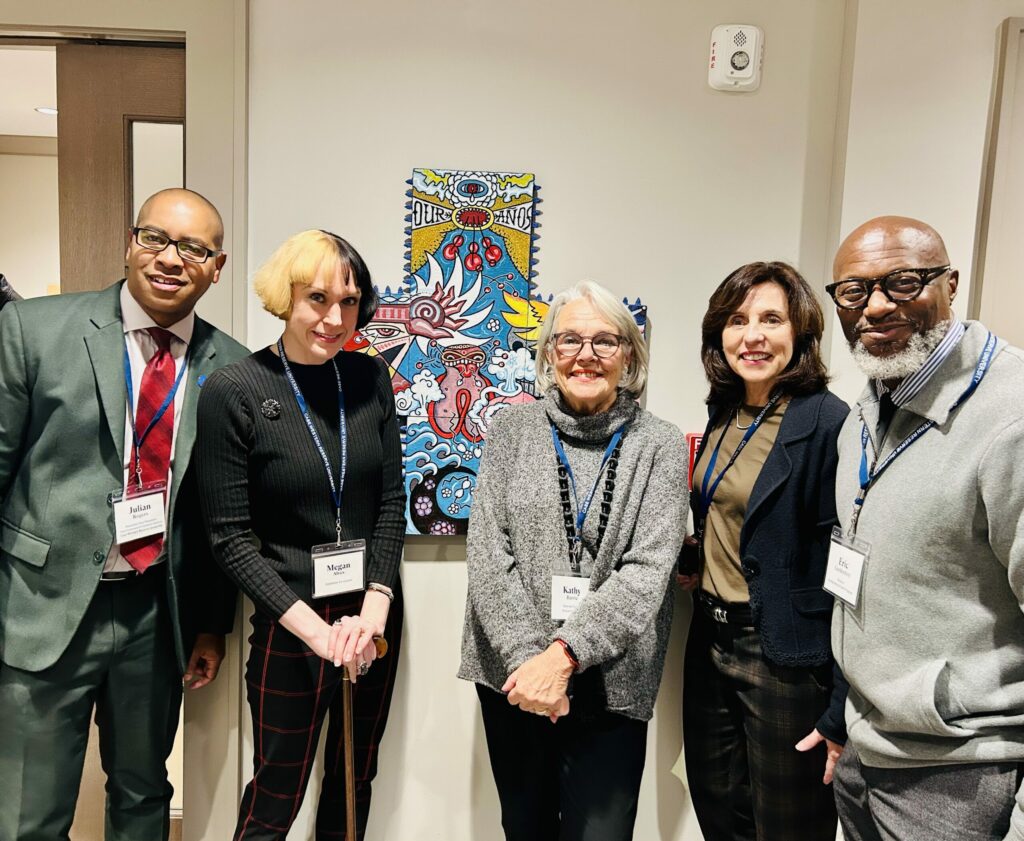News
We are delighted to announce that Zoe Appleby, Rebekkah Hart, Cecily Hughes, and Madeline Newquist defended their dissertation prospectuses with flying colors! Materiality and environment clearly rule the day here. Zoe's dissertation is provisionally titled "Earth, Water, Gems, and Lava: Eco-Materiality and Environmental Agency in the Medieval Mediterranean," while...
Congratuations to Art Studio instructor Adriel Meyer was recently awarded OAEA Outstanding Art Teacher Award at the OAEA annual conference in Columbus, Ohio.
If you have never stopped to examine this exquisitely wrought citrine cameo of Philip II in Gallery 118 at the Cleveland Museum of Art, there is now added reason to do so--it is the subject of Prof. Erin Benay's new article, published in Artibus et Historiae! Special thanks to...
A Google Arts & Culture digital exhibition focusing on the Getty Museum's Department of Manuscripts's first acquisition to include a female author was recently made its premier. The piece was written by PhD candidate in medieval art and Mellon Fellow Reed O'Mara. The manuscript is from the late fifteenth/early sixteenth...
Congratulations to Rebekkah Hart, a fourth-year PhD student in medieval art, who received the Schallek Fellowship from the Medieval Academy of America! This extremely competitive year-long fellowship will underwrite her dissertation research in the UK. Rebekkah is now interning at the Getty's Sculpture & Decorative Arts curatorial department.
Congratulations to Madalyn Fox, second-year MA student in contemporary art and museum studies, who presented her paper, “Slabs, Seams, and Survival: Rose B. Simpson’s Symbiotic Claywork,” at the 2025 University of Kansas History of Art Graduate Student Symposium. This year’s theme, “Symbiosis: Art and Ecologies in Global Perspectives,” brought together MA...
Congratulations to doctoral candidate Susana Montañés-Lleras, who recently presented two brilliant papers adapted from her doctoral dissertation at two leading interdisciplinary and international conferences! At the Victorian Interdisciplinary Studies Association of the Western United States annual conference, held at Saint Louis University, October 3-5, Susana delivered a talk titled,...
Congratulations to MA Candidate Alexandru Zaharia, whose essay about the Church of God and True Holiness was recently published in Facade! Alexandru's building history of this extraordinary Cleveland gem is the result of research undertaken during his summer practicum in the Publicly Engaged Humanities at the Cleveland Restoration Society.
2025.11.15...
Please join us for the Digital Humanities Showcase on November 21, at 1 pm, for a presentation/discussion of Prof. Elina Gertsman’s Immersive Realms project, followed by the AnyBook Experience project helmed by Sabina Zonno and Lynn Dodd at USC! As part of the celebrations for the MAA’s Centennial Year, the Digital Humanities and Multimedia Studies Committee and the Graduate Student Committee have partnered to organize a year-long series of webinars showcasing exciting DH projects. Register here or use the QR code on the flyer.
Congratulations to Anna Farber, a first-year MA student in medieval art, who presented her paper “Issues of Blood: Profuse Menstruation in Medieval Art” at the SECAC’s annual conference, held this year in Cincinnati. The session, “Tidal Flux: The Representation of Menstrual Periods in Art,” featured both art historians and practicing artists who examined menstruation’s often-unexplored impact on the visual record. While at the conference, Anna had the opportunity to visit several Cincinnati arts institutions, including the Cincinnati Museum of Art, and meet colleagues from all over the world to discuss common issues facing our field. We look forward to Anna’s paper at the Cleveland Symposium this Friday!
Congratulations to Claudia Haines, third-year PhD student in medieval art, who recently traveled to London to present her paper “Suffering and Salvation: The ‘Wound Man’ Iconography in Late Medieval Medical Manuscripts” at the international symposium “‘As stiffe twin compasses’: Allegory and Sciences, 1300–1700,” held at the Warburg Institute on October 24–25. The two-day event brought together scholars from across Europe and North America to explore how allegorical modes shaped—and were shaped by—the emerging disciplines of natural philosophy, astronomy, medicine, and early modern science. During her trip, Claudia had a chance to see several exhibitions of medieval medical manuscripts, the potential focus of her dissertation.
The Department of Art History and Art Congratulates , an exhibition of work by artists currently incarcerated in the Ohio correctional system. Megan worked closely with Julian Rogers (Associate Vice President, Local Government and Community Relations, CWRU), Kathy Barrie (Director of the Putnam Collection), Marilyn Burnett (Putnam Collection), and Eric Gardenhire at Grafton Correctional Institution; together...

